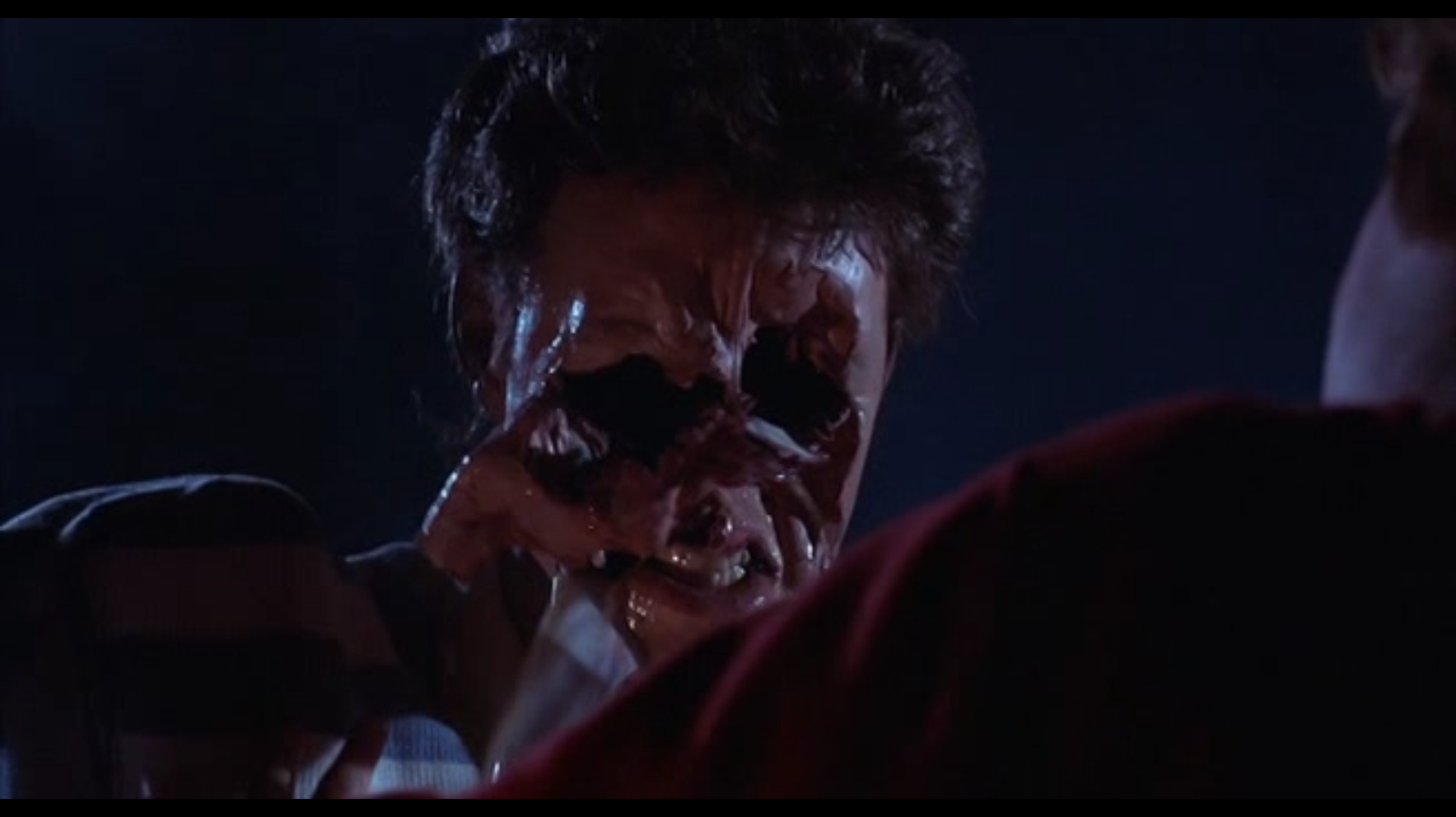By their very nature, mysteries are written with their endings in mind, because the purpose of a mystery is to reveal truths once hidden, rather than to reveal character or plot developments not yet realized. However, as compelling as the central narrative of a story may be, it’s the mark of a great mystery to not expose its hand too early by the very nature of its construction. In other words, if a mystery film seems to be showing you things for seemingly no reason, it’s entirely likely that they will play a role in the climactic reveal and, because their inclusion was so noticeable, the mystery ceases to be compelling as it ceases to fool the audience. The Limehouse Golem is an otherwise very well crafted mystery thriller; it’s just that the ultimate conclusion is fairly obvious from the moment it tells you how it’s going to disseminate its information.
Set in Victorian London, Inspector John Kildare (Bill Nighy) has been tasked with apprehending a serial killer the press has dubbed The Limehouse Golem, as one of the victims was a rabbi who had been reading up on the mythical creatures at the time of his murder. In his investigation, Kildare comes across the name Cree in a library’s research log, associating the name with a Mr. John Cree (Sam Reid), who had recently died of poisoning. His wife, Lizzie (Olivia Cooke), is standing trial for the murder, and Kildare becomes fascinated with her testimony as to her life story, as he thinks it may hold the key to connecting John Cree with the killings.
The meat of The Limehouse Golem’s narrative is in Lizzie’s story as told through flashback, demonstrating her development from a poor working child to a teenage theater performer who eventually found her way into the good graces of a patron whom she would later marry. She comes to idolize her troupe leader, Dan Leno (Douglas Booth), and she is in turn torn between marrying a man who could give her wealth and comfort and staying true to a group of ruffians who, while not always honest or kind to her, afford her the opportunity to perform on-stage, an act she enjoys greatly. It’s an interesting character piece that would have actually worked well if portrayed as an entirely independent narrative from the murder mystery framing device, complete with compelling performances, particularly from Cooke and Booth.
However, because this is a murder mystery, the necessity to constantly return to Kildare’s investigation rips one away from the compelling aspect of the narrative. The investigation perpetually goes down dead ends with formulaic efficiency—including a bizarre encounter that positions Karl Marx of all people as a suspect—clearly signaling that the key to the case lies in Lizzie’s testimony even as there’s no real reason for Kildare to remain interested in her tale for as long as he is. It’s an artificial way to prolong a mystery that moments of meditation make its answer obvious, not because of a careful authorial teasing of information but because the artificiality of the manner in which information is shared would only have been written as such for one reason.
That’s all a rather oblique way of saying that the film itself is actually quite entertaining in the moment, but the mystery conceit at its center is poorly executed. It’s easy to become caught up in the performances, the set and costume design, and the period appropriate dialogue that isn’t constrained by the upper class narratives we usually see in films of this period. There are even some neat visual and auditory editing tricks at play as Kildare imagines the scenarios in which the Golem’s victims may have been killed. However, the film’s attempts to hide the ball instead only draw its key details into tighter focus. You may still have fun with The Limehouse Golem, but you aren’t likely to come away enriched by the experience.













